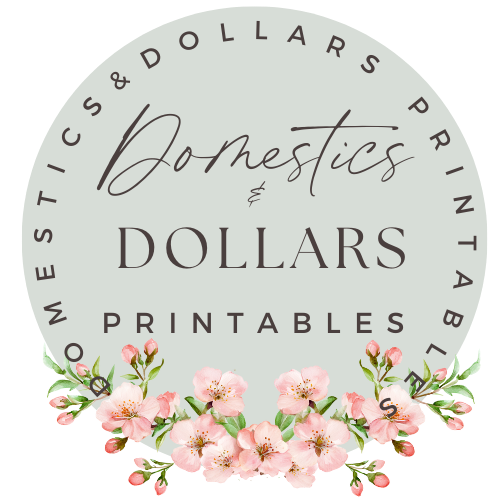When most people hear the word “journaling,” they instantly think of scribbling about feelings in a notebook — like something you'd do after a tough day. And while emotional release is one form of journaling, it's far from the whole story.
Journaling is not just about feelings — it's a tool. A mirror. A habit that can sharpen your mind, calm your chaos, and even help you get stuff done.
If you’ve ever dismissed journaling as something fluffy or unnecessary, it’s time to look again — because it might just be the missing piece in your personal growth, productivity, or even parenting journey.
So… What Is Journaling, Really?
At its core, journaling is simply the practice of putting your thoughts on paper. But the way you do that — and the purpose behind it — can vary widely:
- Tracking patterns in your habits, moods, or behavior
- Planning goals and breaking them down step-by-step
- Reflecting on lessons learned or progress made
- Exploring ideas or working through big decisions
- Capturing memories or documenting a season of life
- Getting organized mentally or practically
In other words, journaling is less about “dear diary” and more about directing your life with intention.
6 Powerful Ways to Journal That Go Beyond Feelings
If you’ve ever sat down with a journal and thought, “What am I even supposed to write?” — here are a few other ways to use your journal that don’t require emotional dumping:
1. Brain Dump
Get everything swirling in your head — from to-dos to worries to dinner ideas — onto paper. This clears your mental clutter and helps you breathe again.
2. Gratitude Lists
Write down 3–5 things you're grateful for. This trains your brain to notice the good, even on hard days.
3. Goal Setting & Planning
Use your journal to outline a project, create a morning routine, or map out weekly tasks. It's like having a personal life coach in your notebook.
4. Habit Tracking
Track sleep, water intake, screen time, moods, workouts — whatever habits you're working on. Seeing it visually makes change easier.
5. Reflective Prompts
Instead of “how do I feel,” ask “What worked well today?” or “What did I learn from that situation?” It builds self-awareness and growth.
6. Creative Exploration
Doodle. Sketch. Write down dreams. Play with words. Your journal is a safe space to explore your creativity with no rules.
Why This Matters (Especially for Busy, Overwhelmed Women)
Life can feel like it’s moving at lightning speed — especially for moms, caregivers, and anyone juggling multiple roles. Journaling gives you a moment to pause. To check in. To take control instead of just reacting.
Research even backs this up: journaling can reduce stress, improve memory, boost mood, and even strengthen your immune system.
But beyond the science, there’s something deeply empowering about taking five minutes to reconnect with yourself — especially when everything else feels chaotic.
Let Go of the Rules (And the Pressure)
You don’t need to write every day.
You don’t need perfect handwriting.
You don’t even need full sentences.
Journaling isn’t about doing it “right.” It’s about creating a space where you can think, feel, plan, dream, process, and just be.
So the next time someone says journaling is just writing your feelings, feel free to smile and say:
“Actually… it’s so much more.”
Want to get started?
Grab my free printable prompts, journaling pages, or themed trackers — designed to help you journal with purpose and ease.
👉Download the Free Fall Journal Prompt Printable HERE



Comments ()